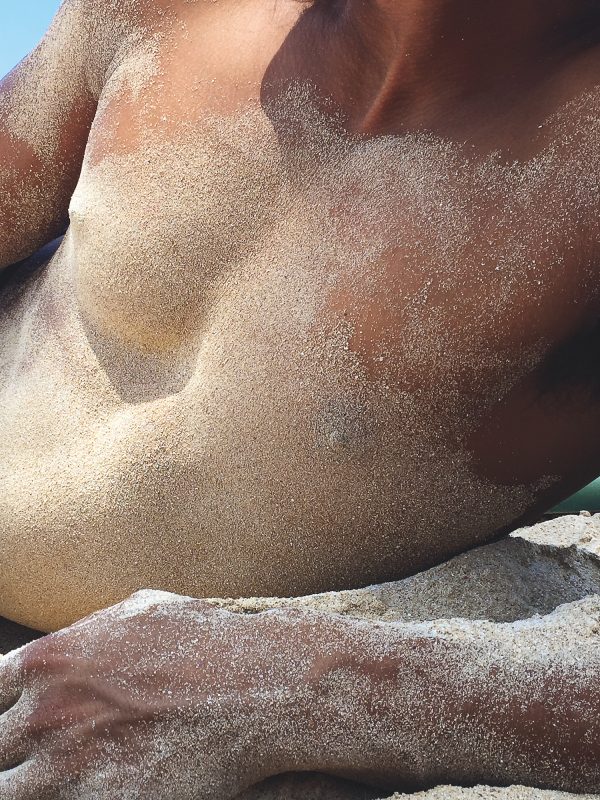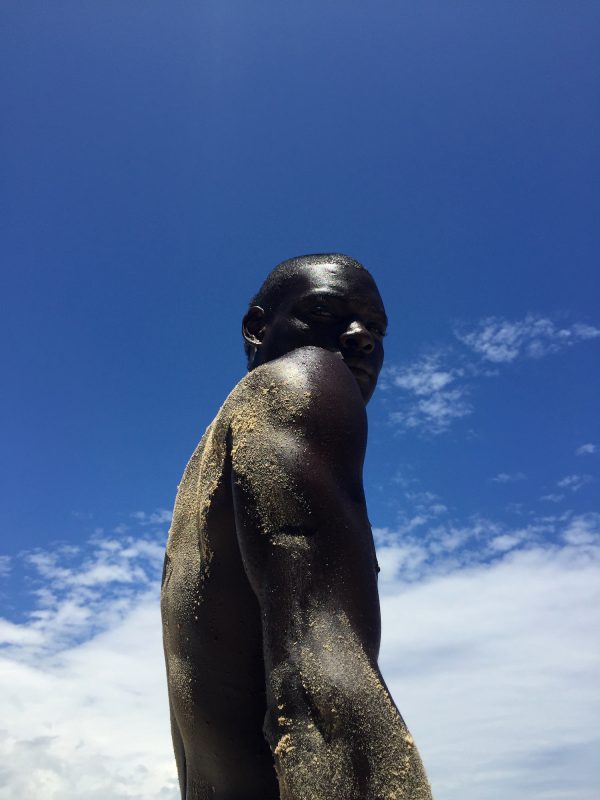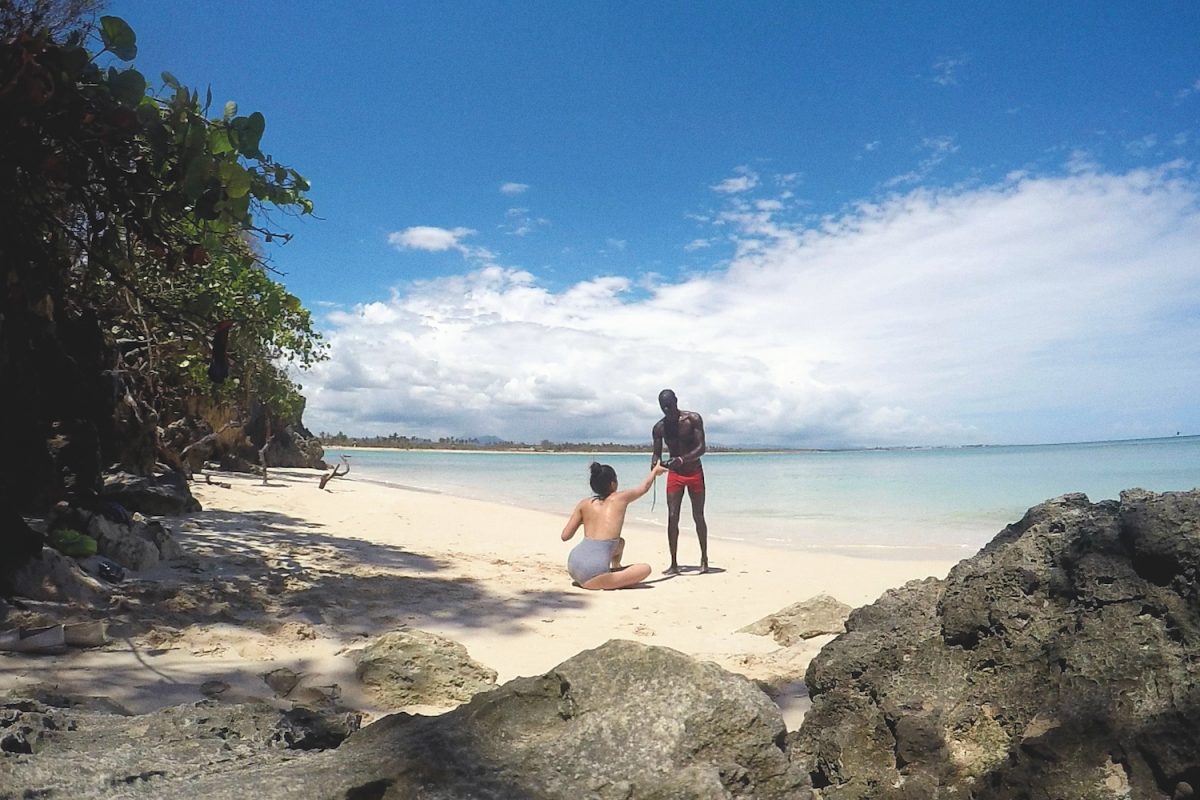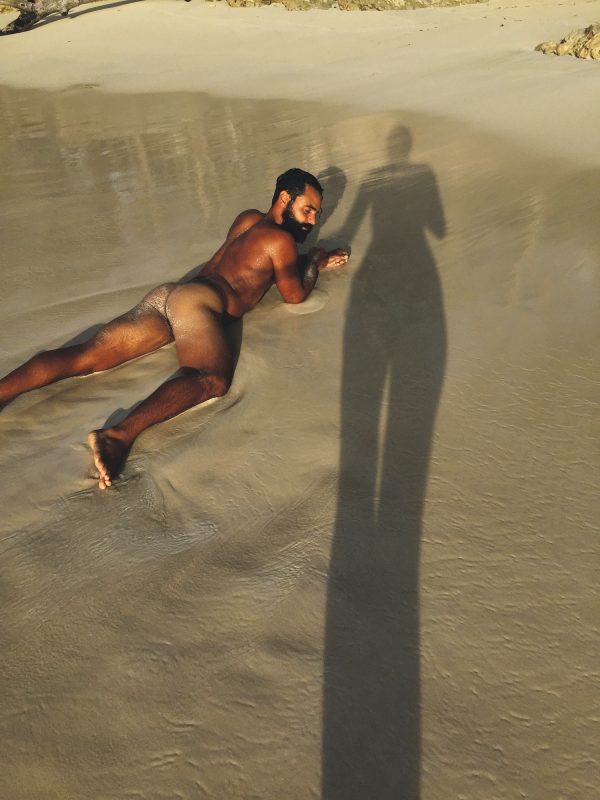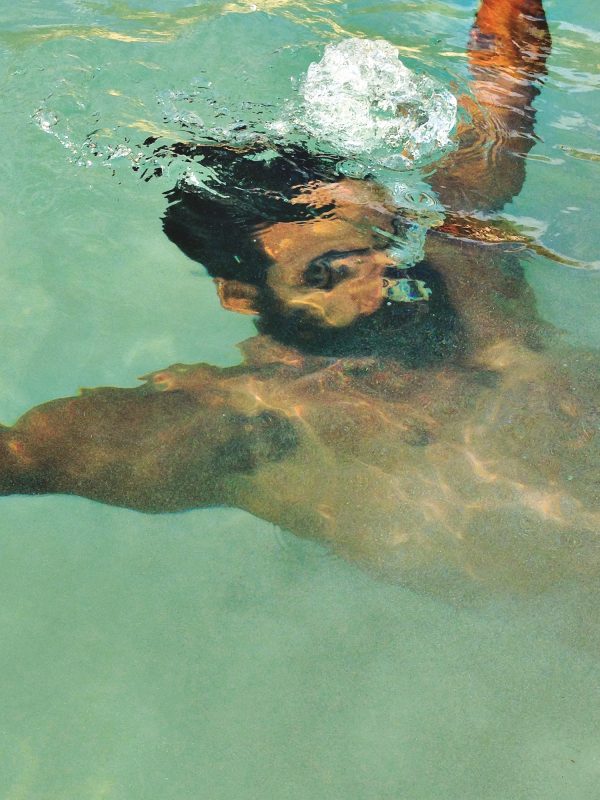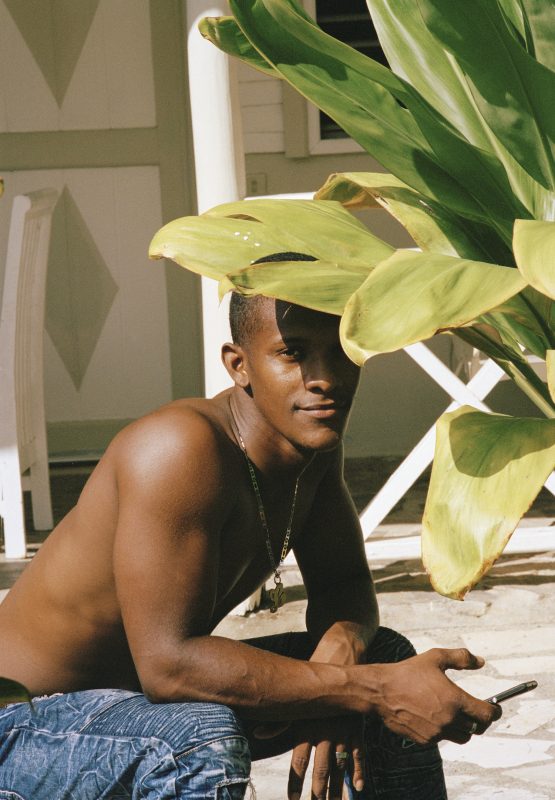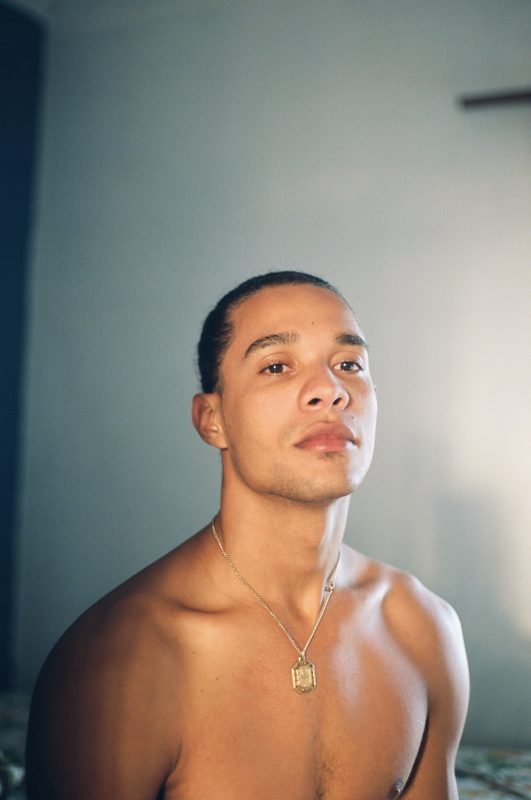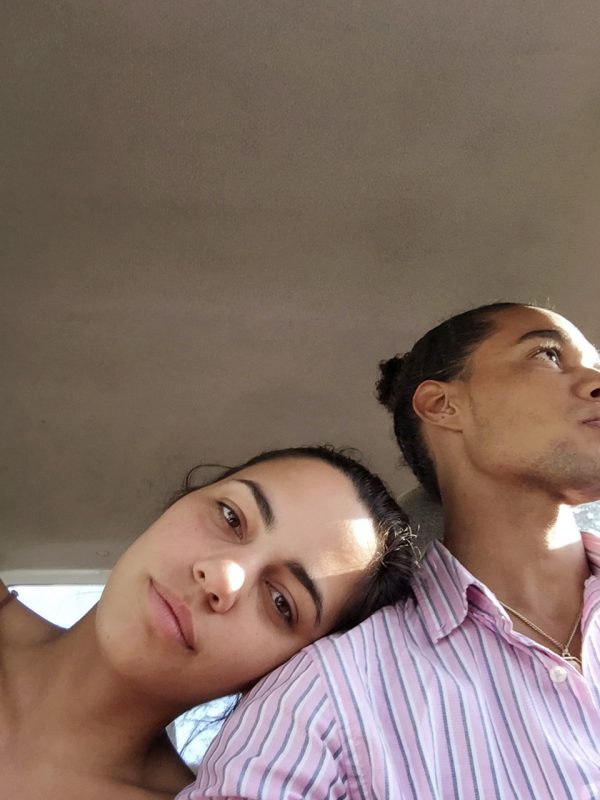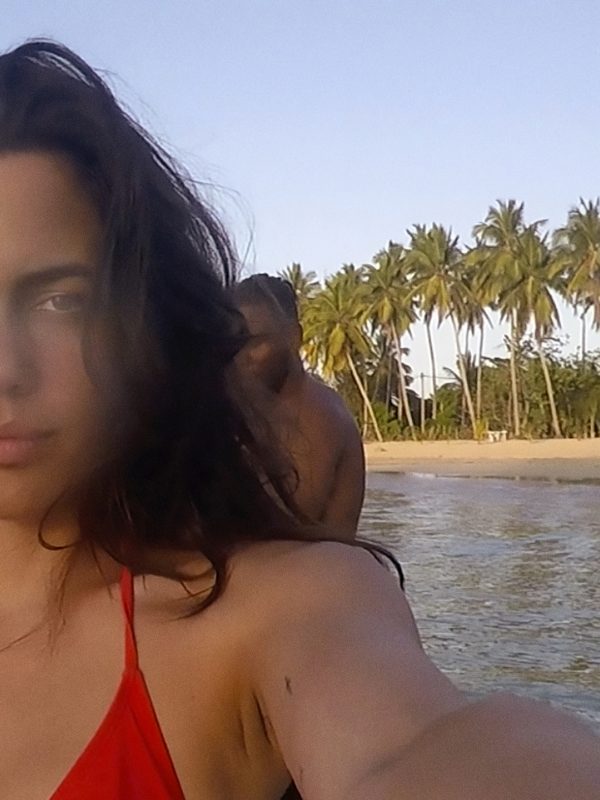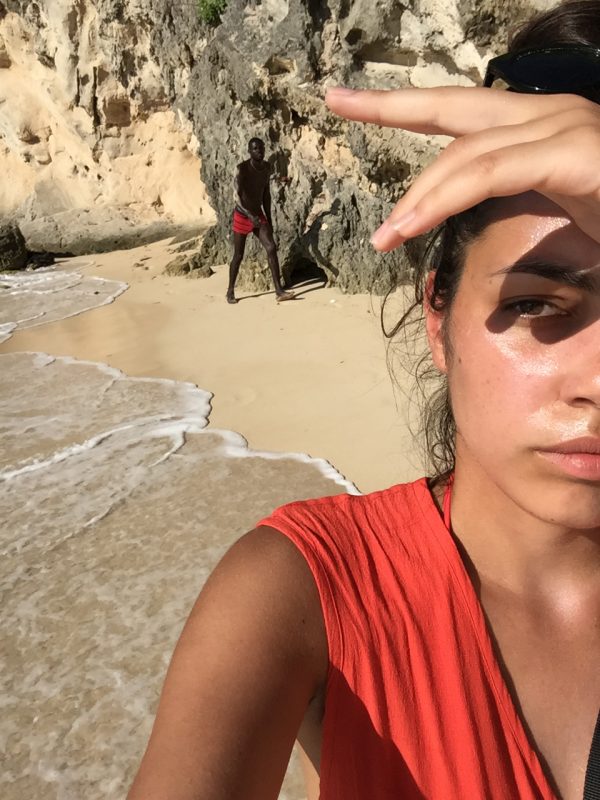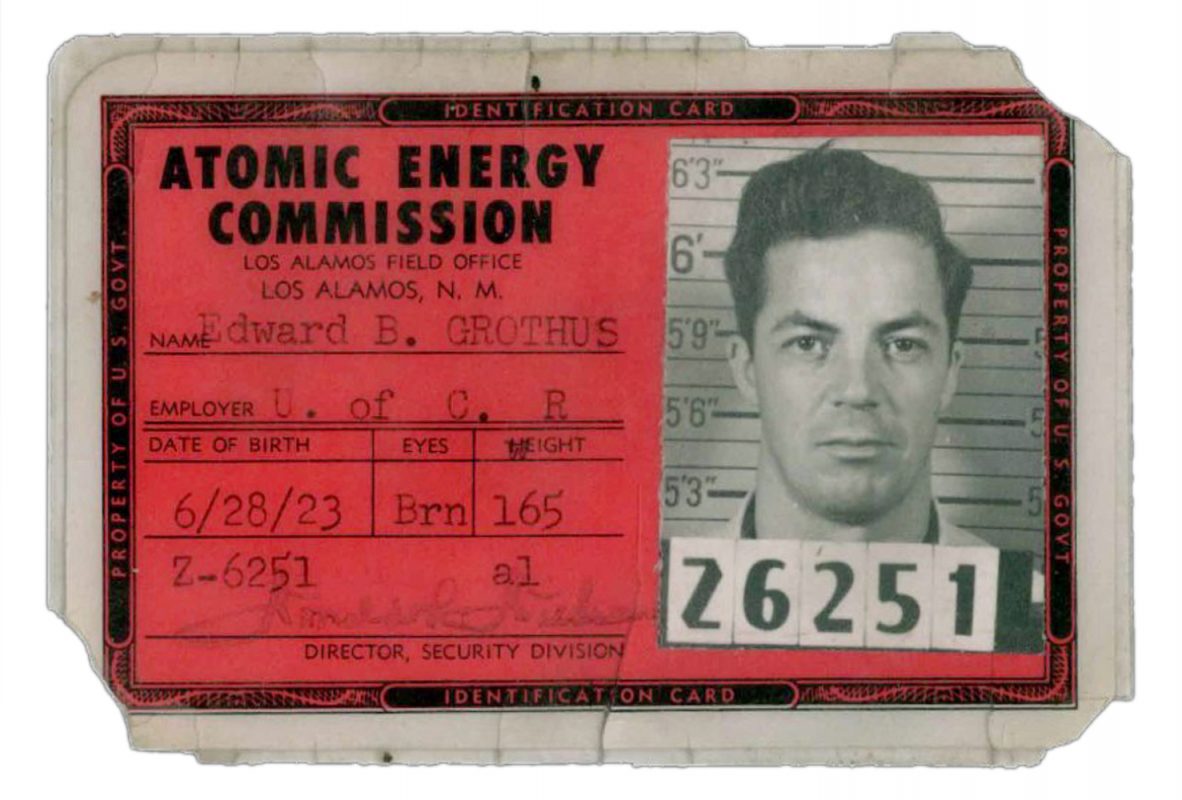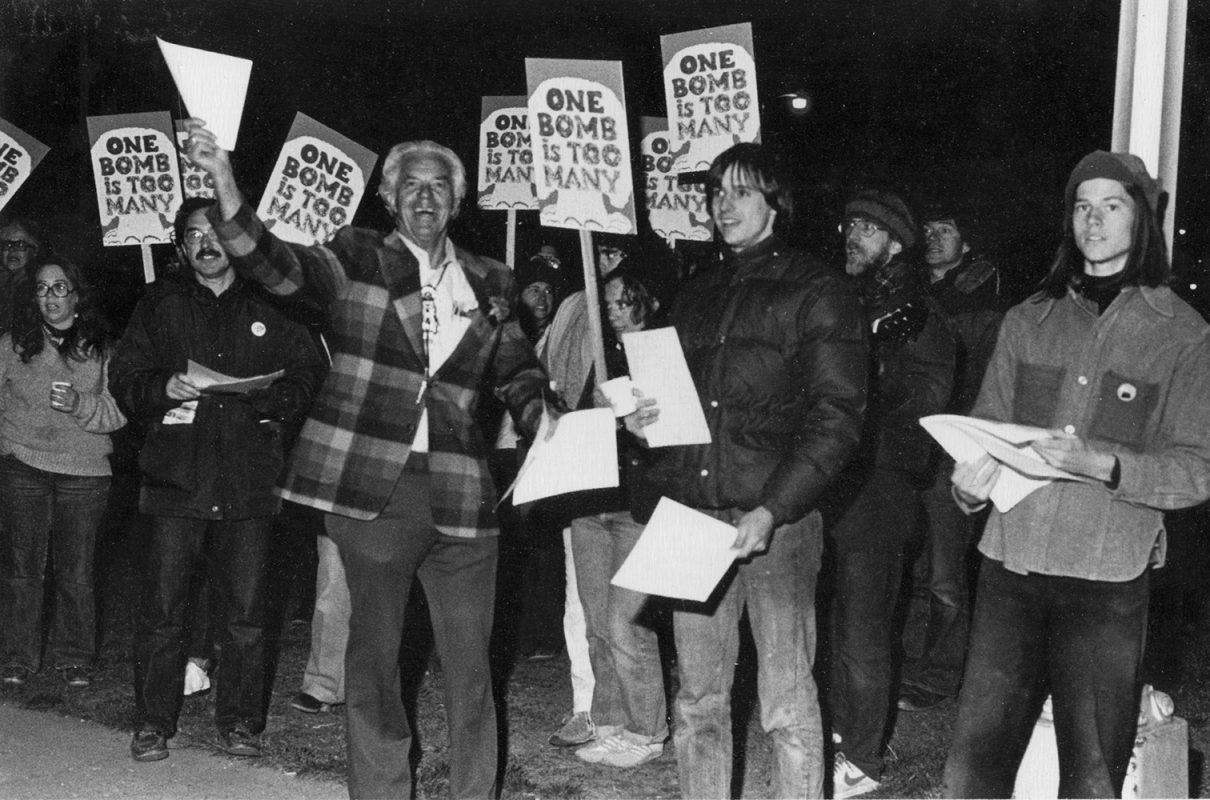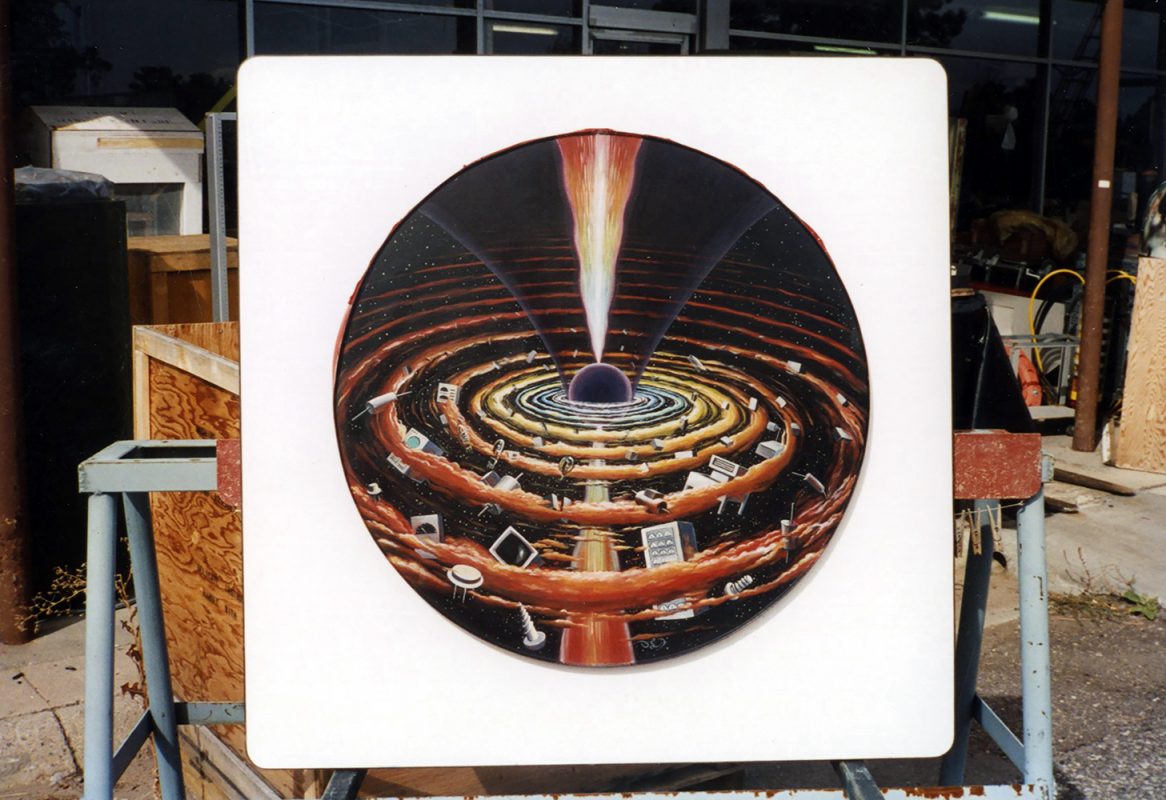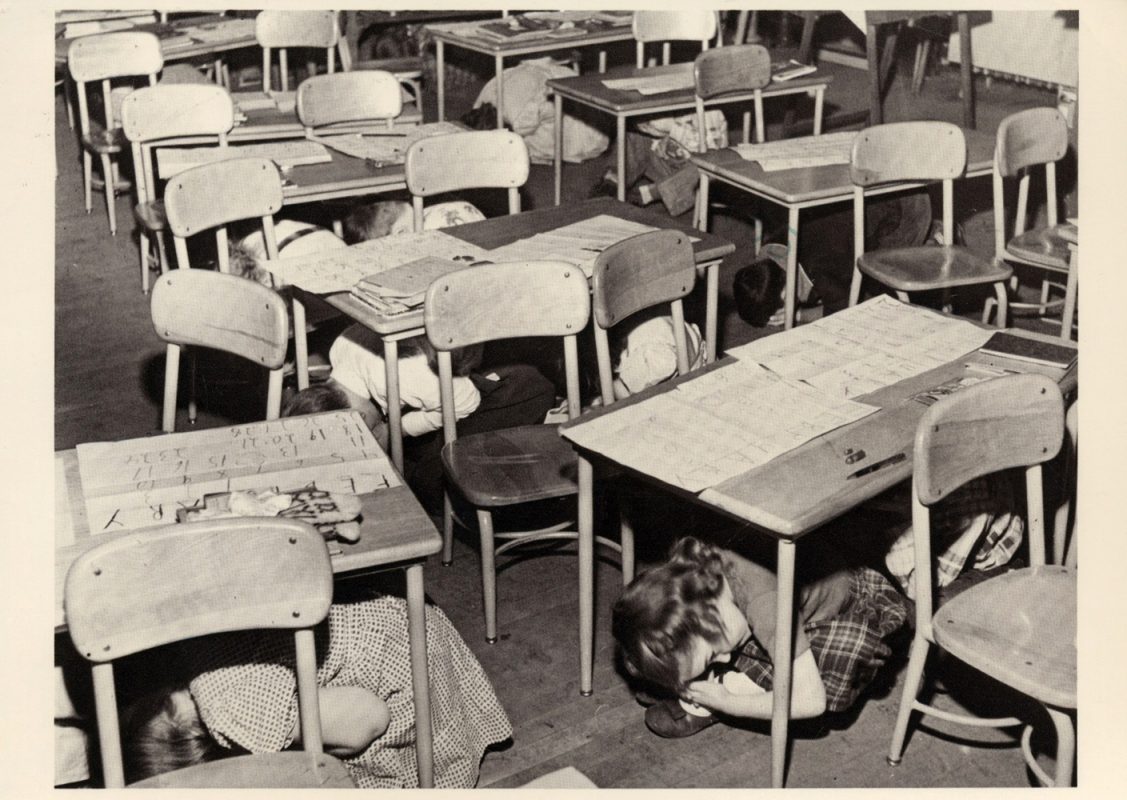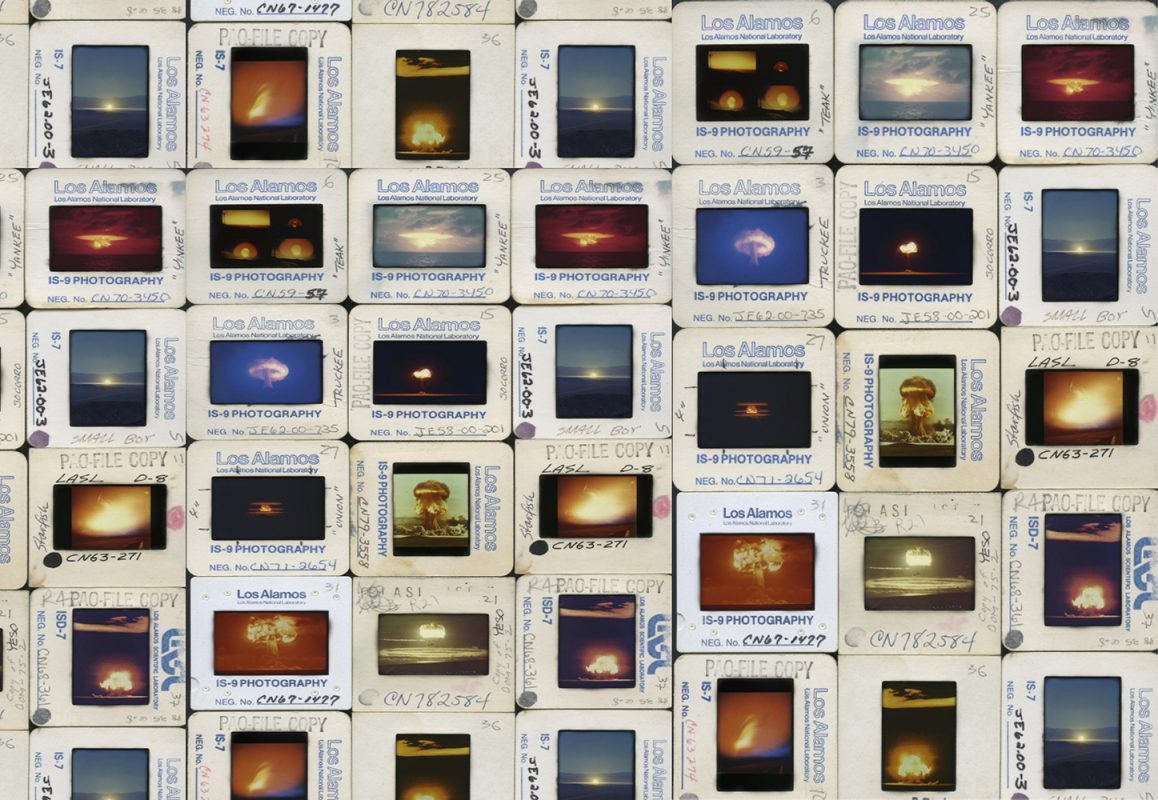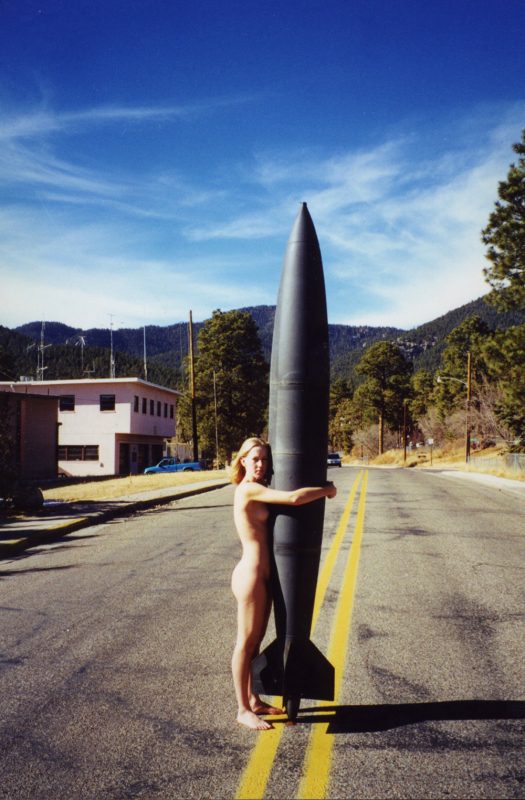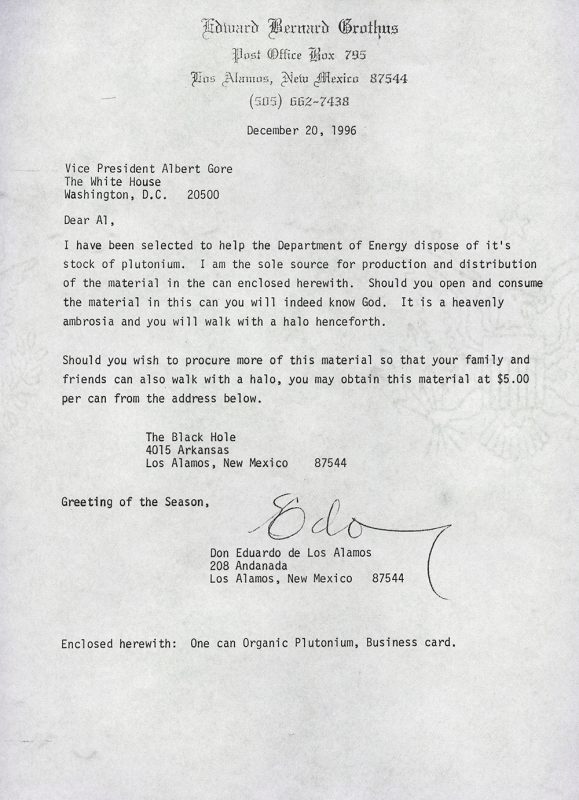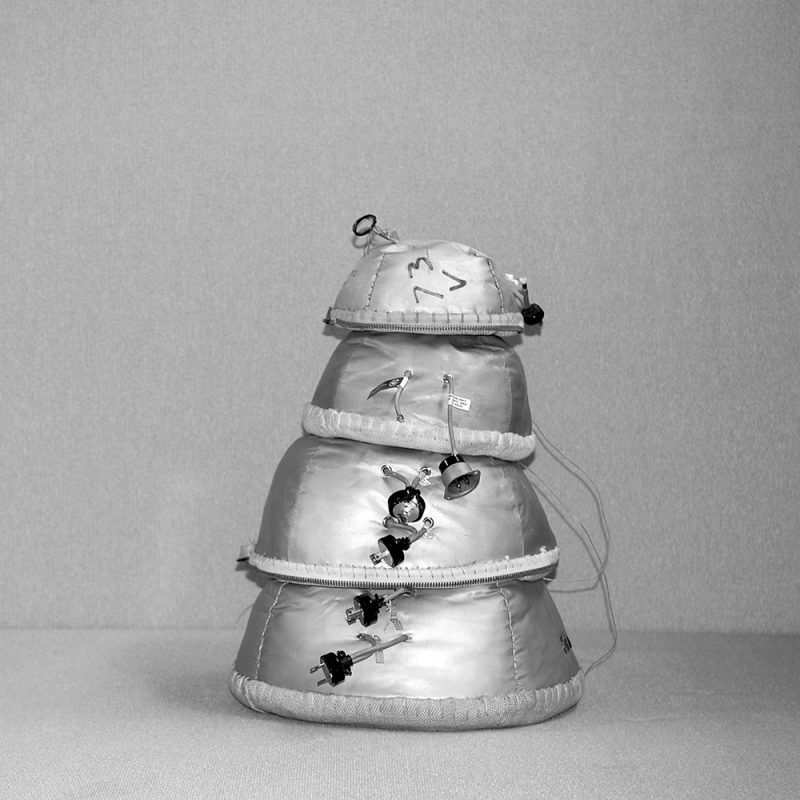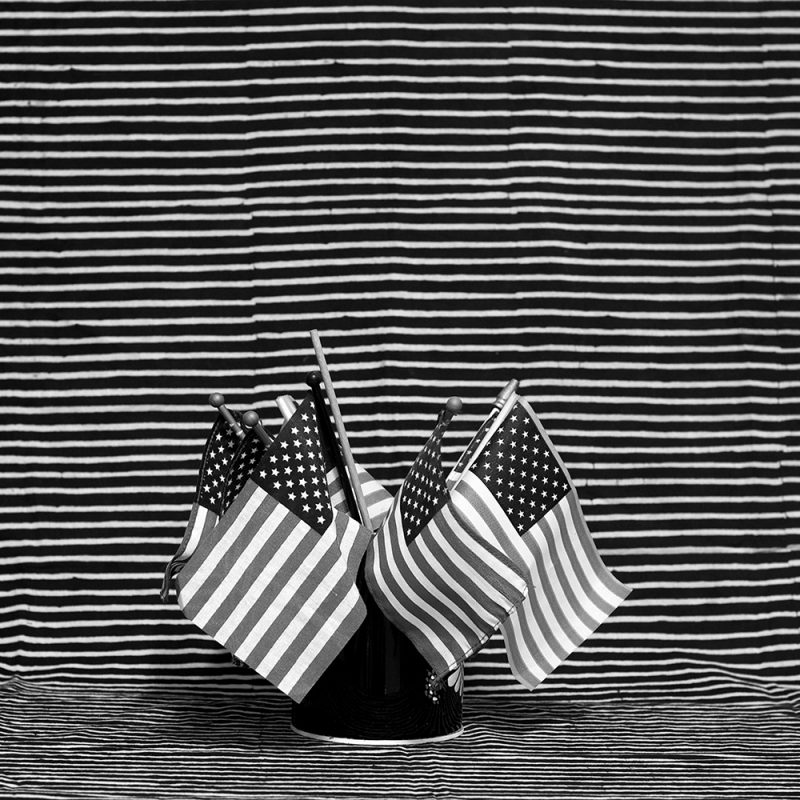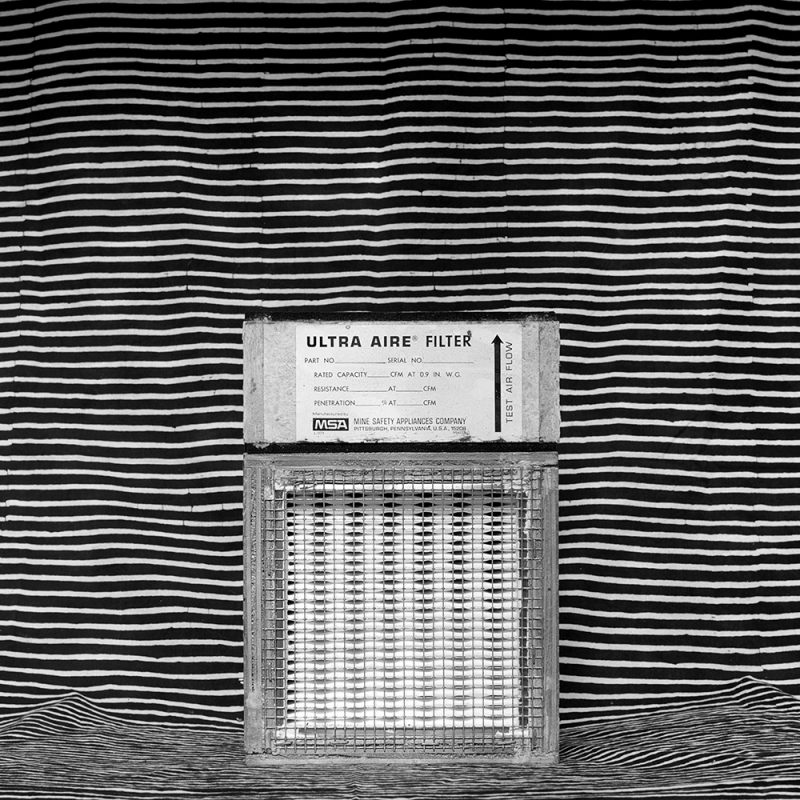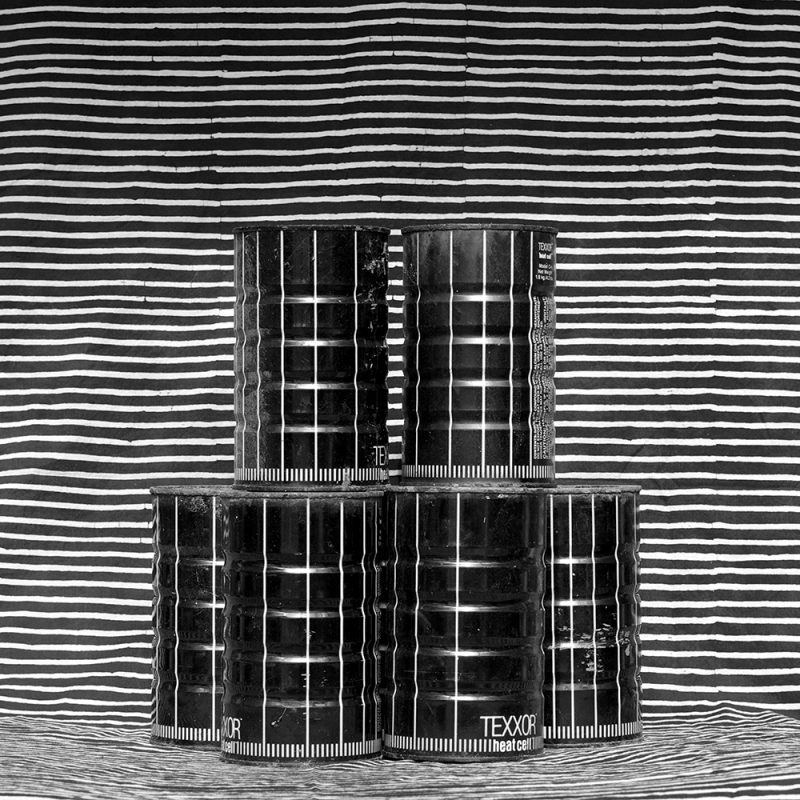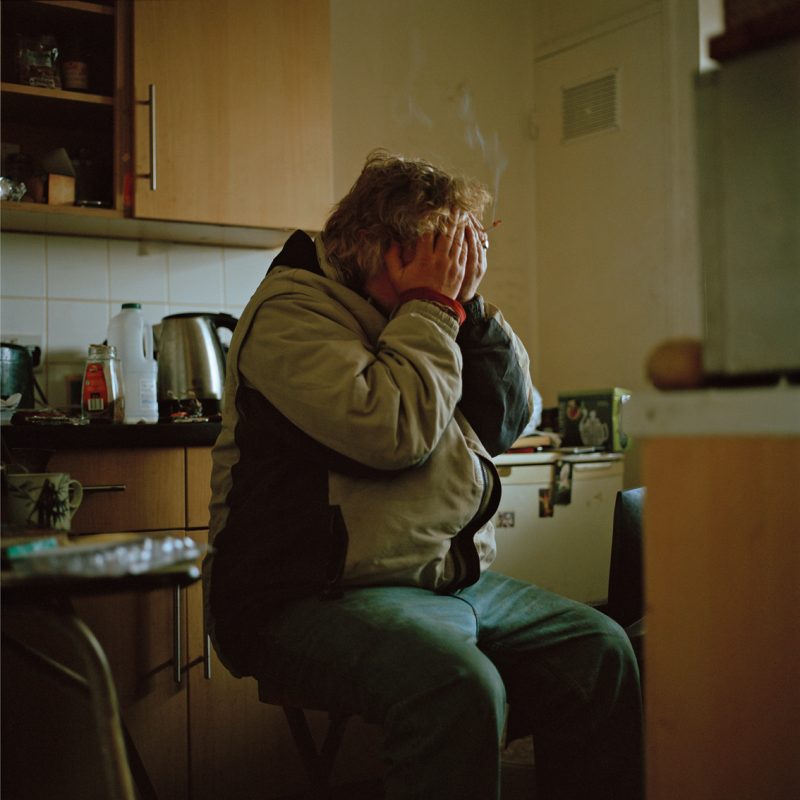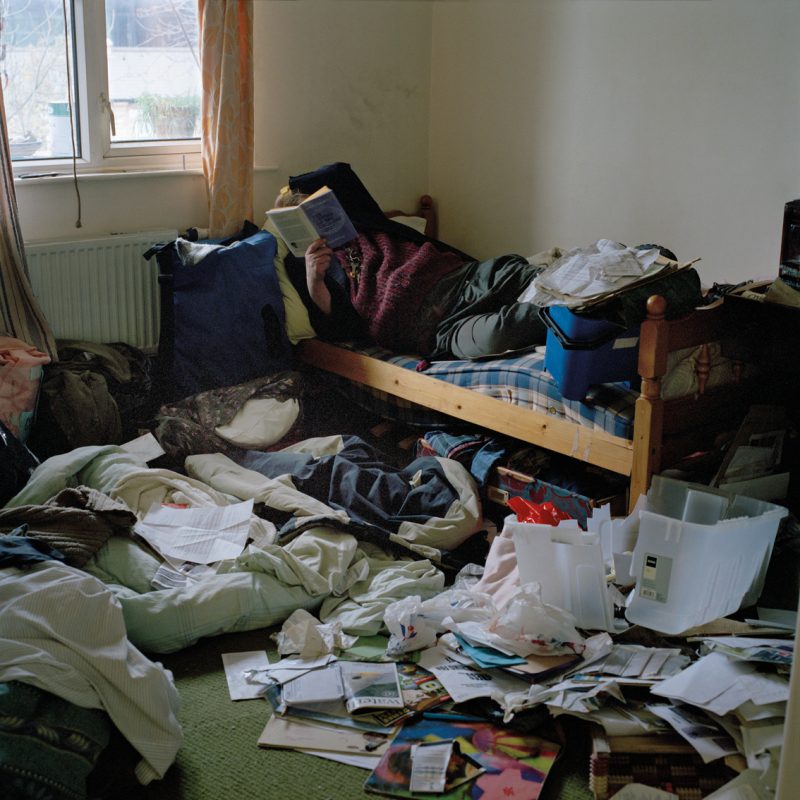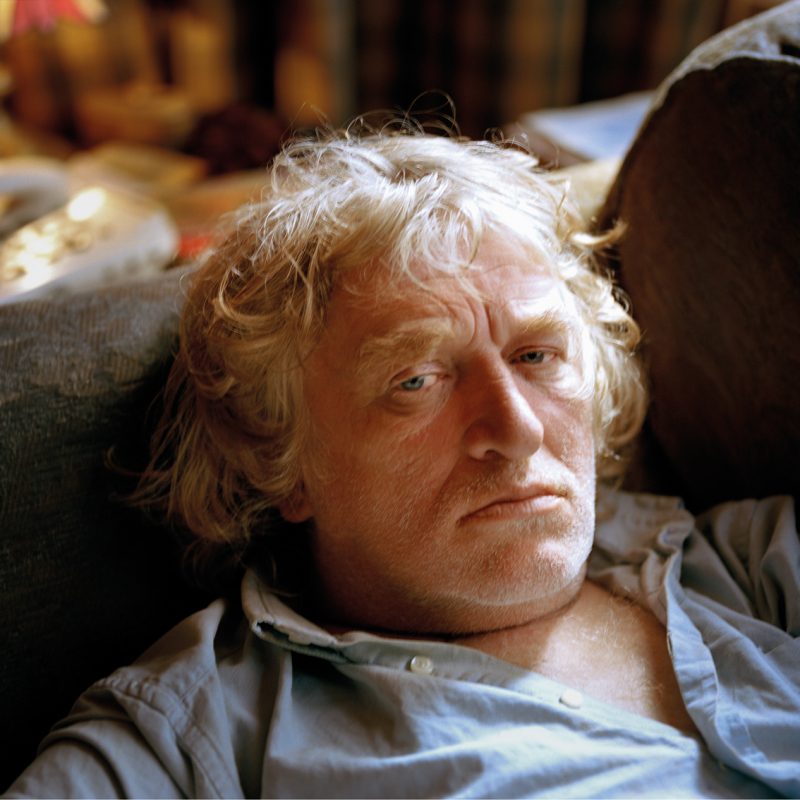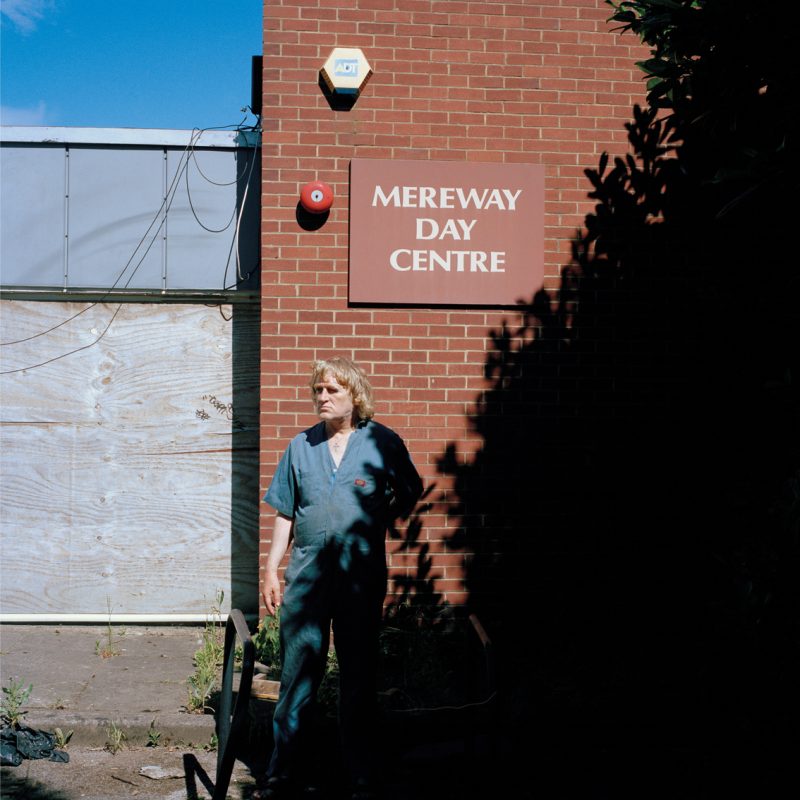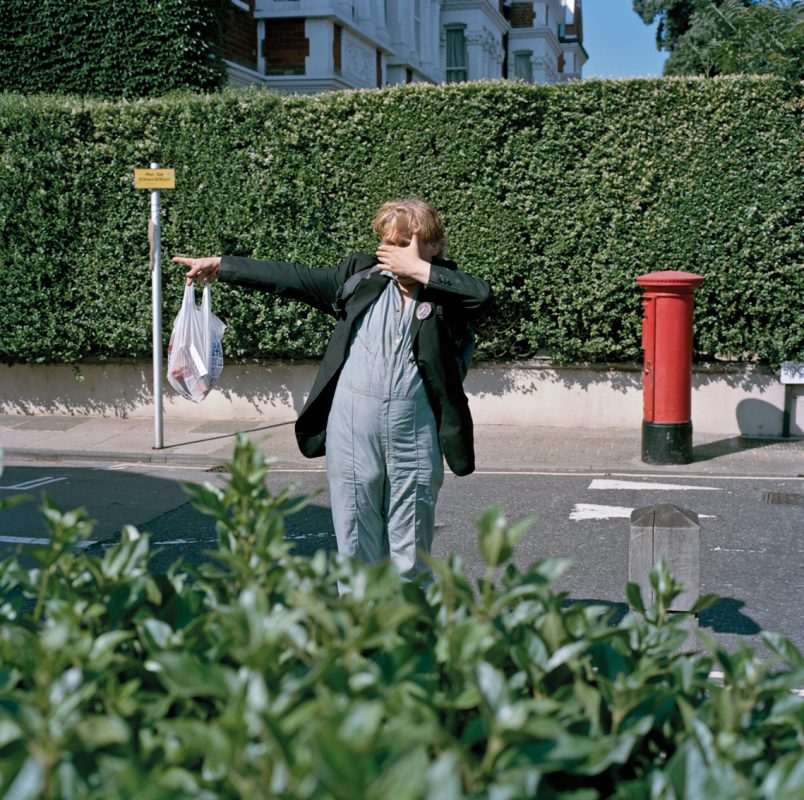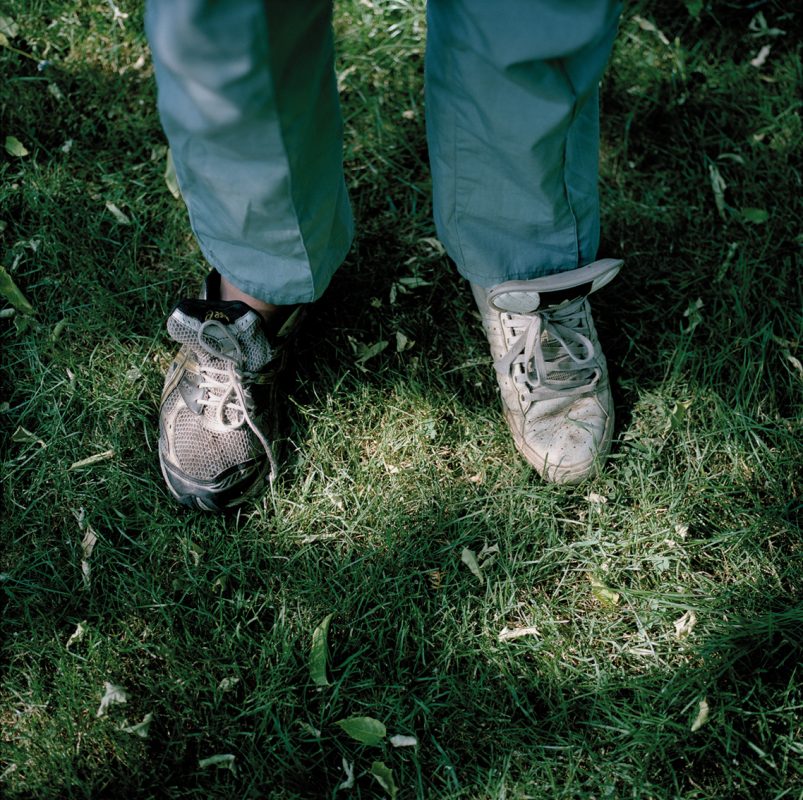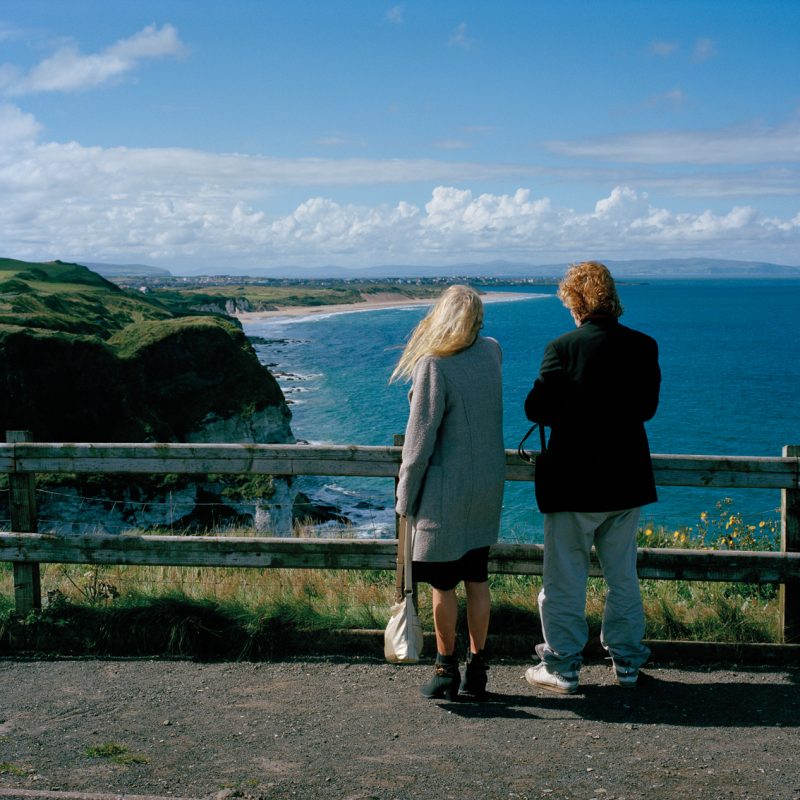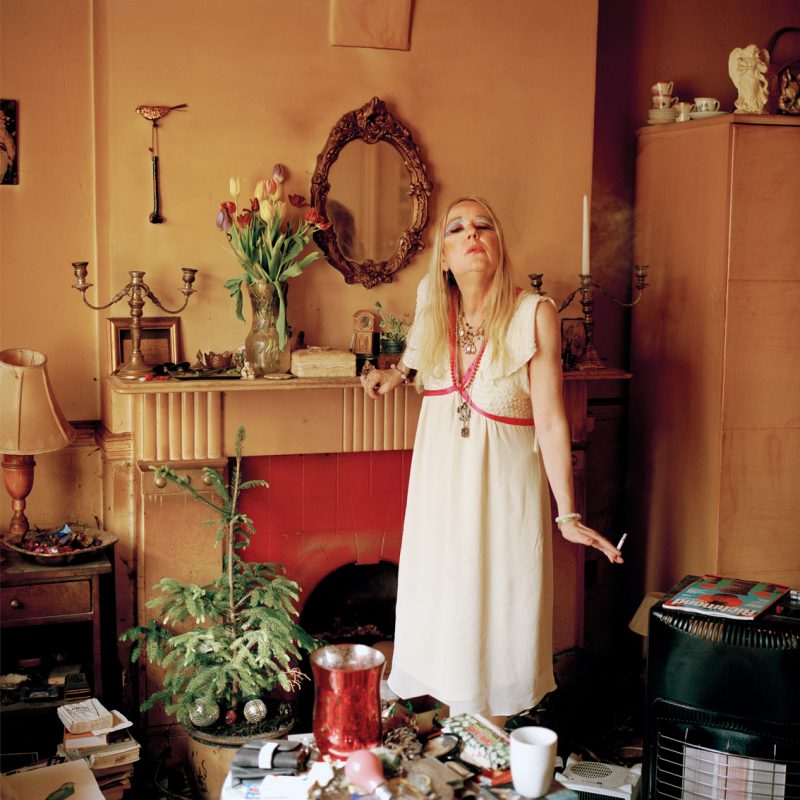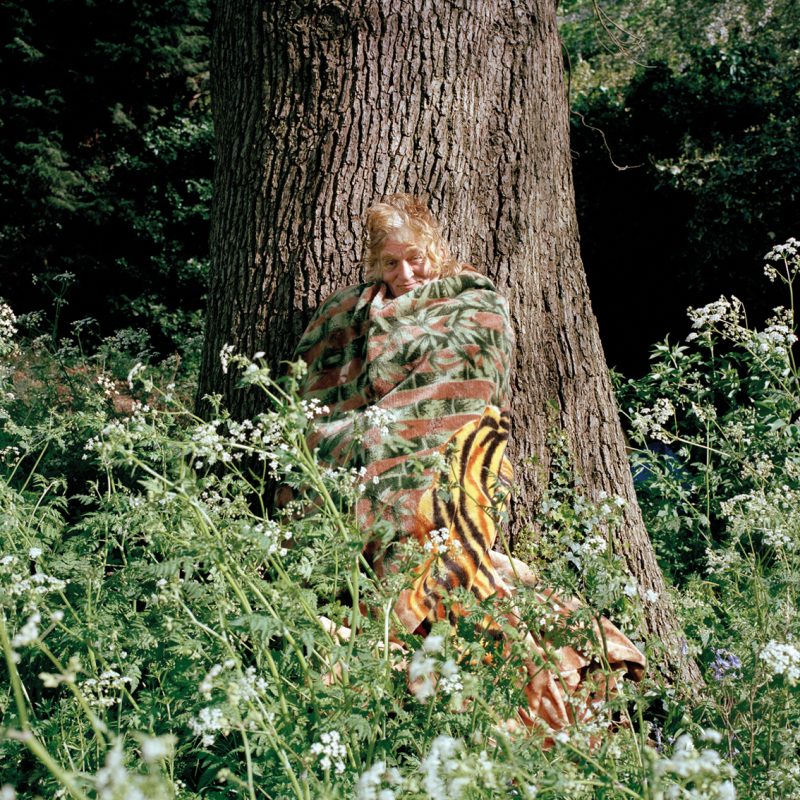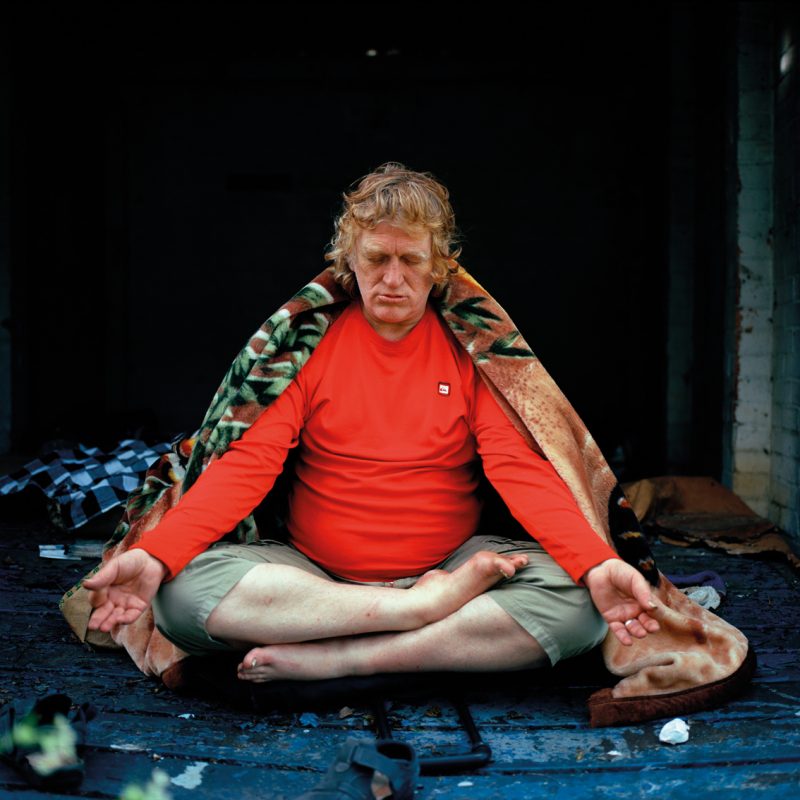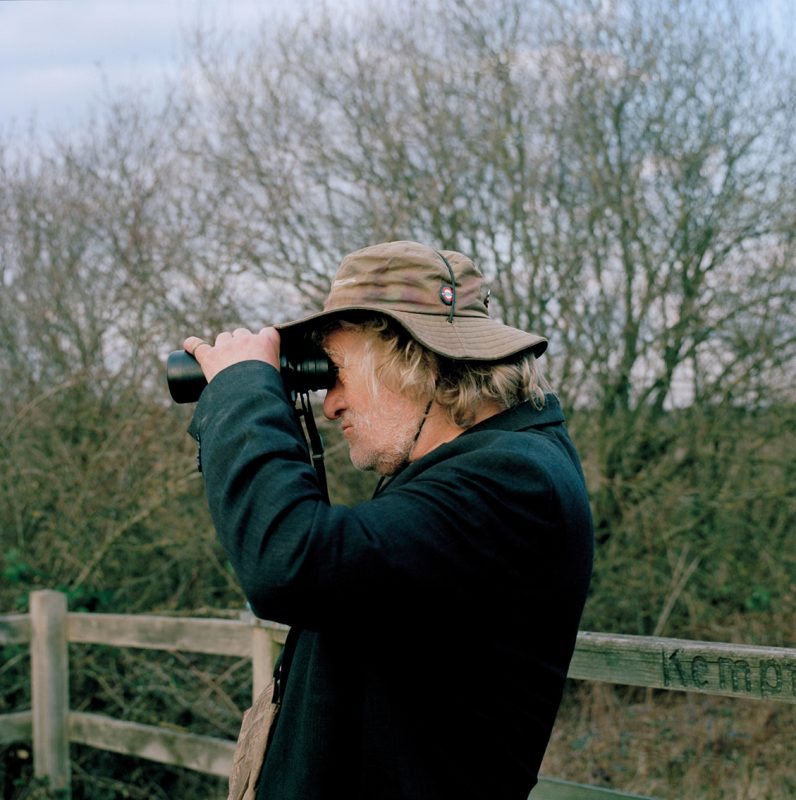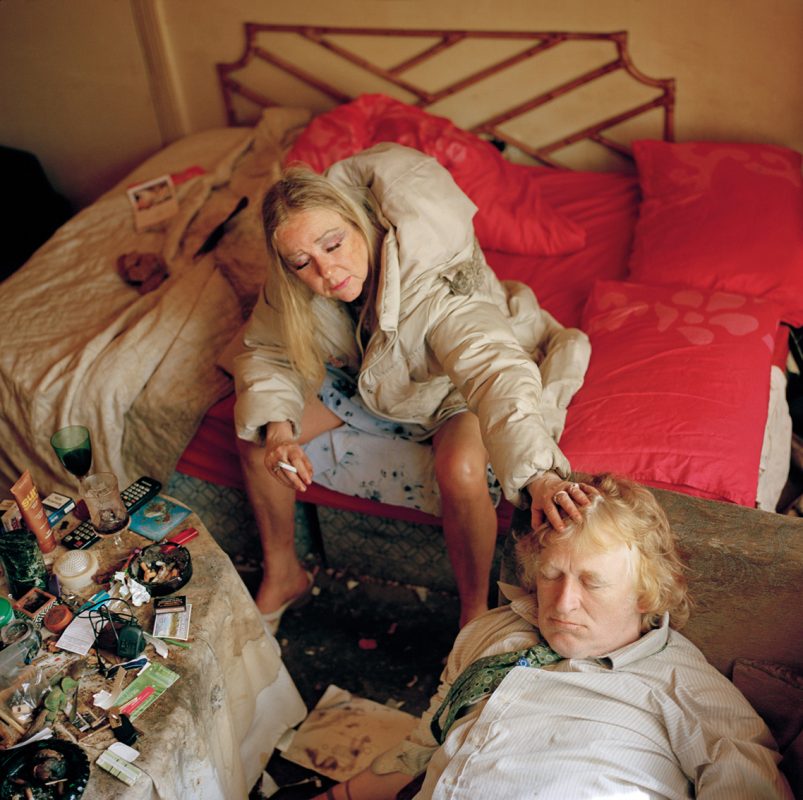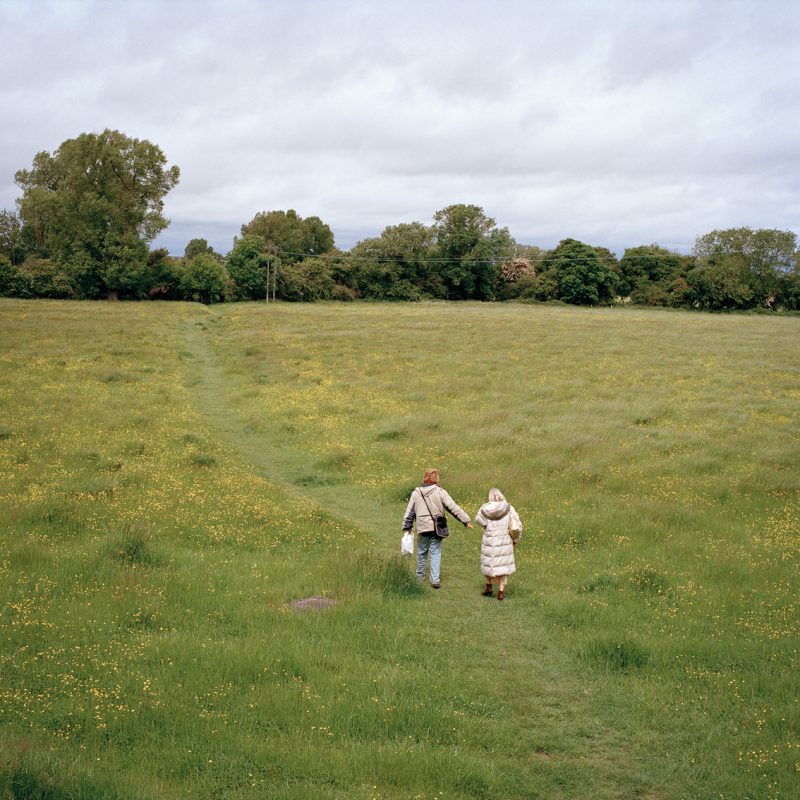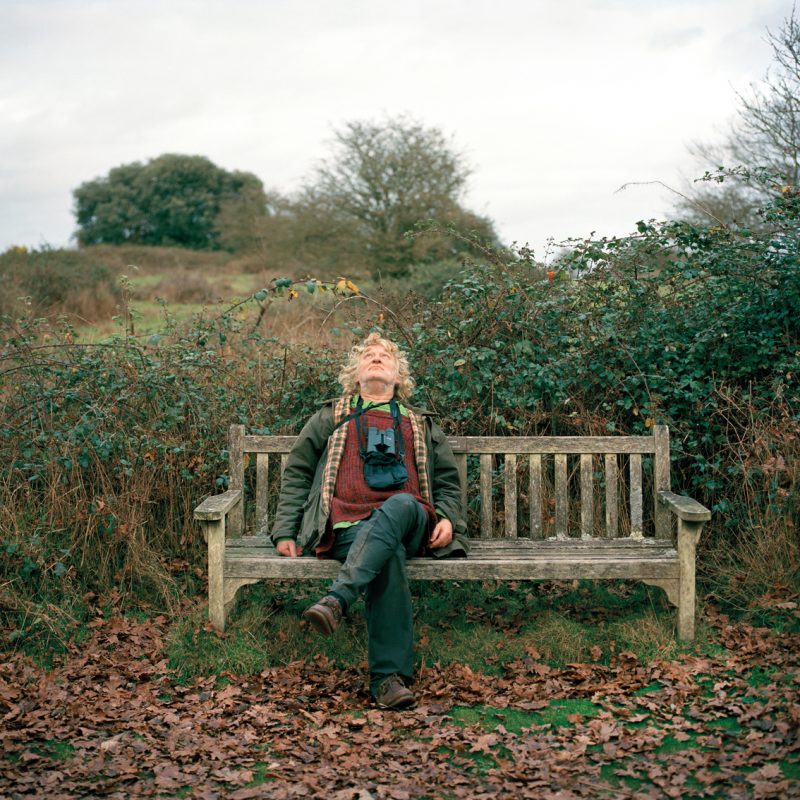Karla Hiraldo Voleau
Hola Mi Amol
Book review by Alice Zoo
In Karla Hiraldo Voleau’s new book Hola Mi Amol, the narrator – Karla herself, or a version of her – is often travelling on the back of a motorbike. She snaps pictures with her phone of the shadow cast by the bike, and the two people on it: herself, and the Dominican man she’s holding onto as they ride. The motorbike recurs again and again, despite the book being made up of her different experiences and acquaintance with seven different men. It is as good a metaphor as any for the freedom and spontaneity and dangerous thrill that runs through the project like shining thread – the trust required in allowing a stranger to transport you like this, on the back of a bike, away from home, without a helmet, your body pressed close against them.
On its surface, Hola Mi Amol, co-published by SPBH Editions and ECAL, is a relatively straightforward re-approaching of a personal history. Voleau grew up under the influences of her dual heritage: French on her mother’s side, Dominican on her father’s. When visiting Santo Domingo as a child, she was warned against straying outside her house, advised to treat Dominican men with suspicion: ‘I think sometimes my parents were just terrified I’d get pregnant with a “tigre” passing by.’ As an adult, Voleau returns to the island alone, without the admonishments of her family, and seeks out the people and places she was warned about. Her images illustrate encounters with these men, meeting them on the beach, or accompanying them back to their homes or motels, riding on their bikes, shooting portraits of them surrounded by greenery. Often the men are nude. She turns the lens on herself, too, most frequently in selfies with her subjects, but at times alone. The images are accompanied by a simple text, describing a very limited account of their encounters. We skate along it, accepting it as easily as the heat from the Caribbean sun.
When Voleau meets a witch, however, the narrative starts to feel more uncertain. A friend needs to visit to remove a curse; Voleau accompanies them, and finds herself asking for a love potion. Her childhood suspicion of the men hasn’t quite gone away. ‘I want to desire back,’ she says, ‘I want to believe them.’ The inclusion of this supernatural element unsteadies us, and other uncertainties from earlier on, hardly noticed at the time, start to rankle. The project has become a hall of mirrors that distorts the narrator, her subjects, and the viewer, too. In the book’s final pages, Voleau asks: ‘Do you still believe me? Have I been transformed into the character I was pretending to be?’ Voleau lies across a bed, eyes towards us, a challenge in them. So, then, what is the performance? What were we expected to believe, and what judgments have we formed? The images and text must be re-approached and, as we do so, they splinter.
Voleau’s visual approach appears to mimic the foundational principles of her project, one intended to be ‘more personal, more tender, more spontaneous’ than the connections her family allowed her to make in her youth. Much of the work is shot on a phone, and is rough and grainy as a result. The low resolution feels contemporary, like the way that images degrade the more they are reproduced and passed around online. This aesthetic is relaxed, undemanding, an ad hoc approach that only foments the project’s intense intimacy. Introducing a professional camera into a circumstance formalises it, or induces subjects to perform, no matter how much the photographer works to palliate this effect; but every contemporary subject is more at ease around a phone. There’s no need to be quite so guarded. The cover of the book shows a man’s back, covered in sand which sticks to the skin; inside, this motif is repeated, where sand clings to a torso, and later, to the palm of a hand, its coarse grain mimicking the grain of the images’ own rough resolution. However, as long as we are taken in by the effect of informality, we are blind to the highly formalised meta-techniques peppering the work. At one stage, we see an image of Julio’s back, and spliced below it is a photograph of the phone as it takes that same image. Yet if we can see the phone taking the picture, that means another one must have taken the second frame which we are now looking at. In this way, Voleau is calling attention to the presence of the camera, to the making of the image, even where she appears to have adopted the very apparatus that would allow itself to go unnoticed. In another image, we see her and Julio together from a distance, appearing to meet one another on the beach. If the phone is on a self-timer, then the meeting is staged. Not all is as it seems.
When Voleau goes looking for Julio in town, shortly after they meet, she is conscious of the assumptions of those watching her. ‘I could feel people assumed I was looking for sex.’ She makes photographs of the time they spend time together; he tells her his friends ‘advised him to fuck [her].’ Overleaf is a gloriously sensual portrait of him reclining, naked, his eyes closed, his penis semi-erect. Across the page, his trousers rest on a stone wall, discarded in dappling light. What does the viewer assume? What do we read in images taken at such close quarters, and especially when sex has been explicitly discussed? Later on, however, Voleau again uses the text to remind us that nudity does not have to be code for anything in particular. She asks Dimas, another subject, if he minds being naked, and he replies in Spanish that perhaps she should get naked with him. The photograph occurred while she was clothed, then, and his question suggests he is yet to see her naked. The transaction is photographic, not sexual, even if the content of the photograph hints at the latter. Everywhere the photographs and text misdirect us, only to reveal themselves in a different direction later on.
The book explores the potency of the female gaze, or the potency of turning the male gaze back against itself. She takes these Dominican men, in this place where ‘clichés of toxic masculinity’ abound, and makes beautiful, voluptuous images of them. Beyond these facts, her relationship to them is unclear. Throughout the book, whenever she directly quotes her subjects, it is in Spanish. As such, their presence within the work is set at that slight distance from the reader (presumed to be English-speaking, given that the bulk of the narrative is written in English). We can see Voleau’s subjects better than we can understand them, and we can see them close enough to count the individual drops of seawater that still cling to their chests on the beach. Towards the end of the book, when she seems to establish perhaps the book’s only genuine romantic or sexual relationship, with Denichel, she quotes him in English when he tells her, ‘I want to hold you.’ It is as though the truthfulness of their connection has brought him into the main language of the work: he is given words the reader is sure to understand. The genuine connection is given the clearest portrayal, until their short relationship ends, too.
Though Voleau has said that she wants to ‘put on display the brutal loneliness of our times,’ the book does not read as evidence of loneliness. It reads rather as evidence of the ease with which a transactional relationship can be established, and how frequently the surface of a thing can be misread as its totality. The narrative construction experiments with the expectations of the men it portrays, as well as the expectations of the viewer. It asks: what do we look for when we see a selfie taken by an attractive young woman in the ocean, her arms around a man? Yet the work doesn’t seek to answer the questions it raises about the performance of desire, or the suggestiveness of its images, nor does it judge the viewer for perhaps making judgments of their own; it merely holds a mirror up, the glass distorted, the reflection warping. The actual substance of her relationships, throughout Hola Mi Amol, is barely relevant. Voleau is a bold narrator flicking towards us jewel-like images, as though they were bait, and waiting to reel us in. ♦
All images courtesy of the artist and Self Publish, Be Happy Editions. © Karla Heraldo Voleau / ECAL, University of Art and Design Lausanne
—
Alice Zoo is a photographer and writer based in London, working with national and international publications such as BBC News, the British Journal of Photography, and the Washington Post. She is also a freelance photo editor at the FT Weekend Magazine, and co-founder of Interloper magazine.

